Content
- What kind of seeds can be used?
- What are the risks involved?
- How to properly collect and prepare seeds?
What kind of seeds can be used?
To understand whether the seeds collected from a plant are suitable for the next cultivation, it is important to consider their origin and genetics. Not all seeds will produce a quality crop, and some may result in reduced productivity or undesirable traits. Let's look at the main categories of seeds and their characteristics.
Regular seeds
Regular seeds are a natural form of cannabis seeds that have not been artificially altered. They contain an equal probability of developing both male and female plants. If the seeds have been collected from a plant grown from regular seeds and the pollination process was natural or controlled, they can be used for the next cultivation.
However, there are important nuances:
- If the plant has been pollinated accidentally (e.g. a male plant is nearby), the likelihood of obtaining undesirable characteristics increases.
- If regular seeds are used, it will be necessary to remove the male plants at flowering time to prevent further pollination of the female plants and reduce the risk of yield loss.
- The offspring of regular seeds are usually more viable and stress tolerant as they retain their natural genetics.
Feminized seeds
Feminized seeds are the result of breeding work aimed at producing exclusively female plants. If seeds are collected from such a plant, the likelihood of their reuse depends on the method of their emergence:
- If feminized seeds were produced by pollinating a female plant with pollen from another female plant (using STS or colloidal silver techniques), the offspring are likely to retain female characteristics.
- If, however, the plant has become hermaphroditic and self-pollinated, the collected seeds may contain a tendency towards hermaphroditism, resulting in plants with undesirable characteristics.
Thus, using seeds from feminized plants is a risky option if there is no certainty about how they were obtained.
Autoflowering varieties
Autoflowering varieties are characterized by their ability to enter the flowering phase regardless of the light regime. This makes them easy to grow, but if you collect seeds from an autoflowering plant, you may lose the autoflowering trait in the offspring.
- If an autoflower has been crossed with another autoflowering plant, some of the offspring will retain the autoflowering ability, but another part may revert to photoperiod dependence.
- When an autoflower is crossed with a common photoperiodic variety, the probability of autoflowering progeny is about 25%, making the use of such seeds unpredictable.
Hybrid varieties
Hybrid varieties are created by crossing different genetic lines, such as sativa and indica, to produce unique traits - high yields, resistance to stress, a distinctive flavor profile. However, hybrids are not always stabilized, and if seed is collected from a hybrid plant, its progeny can have a wide range of characteristics.
- Some plants may exhibit properties of one parent variety more strongly than the other.
- The yield, flavor and THC content of the offspring may differ from the parent plant.
- If the hybrid was unstable, the seeds may produce plants with undesirable mutations.
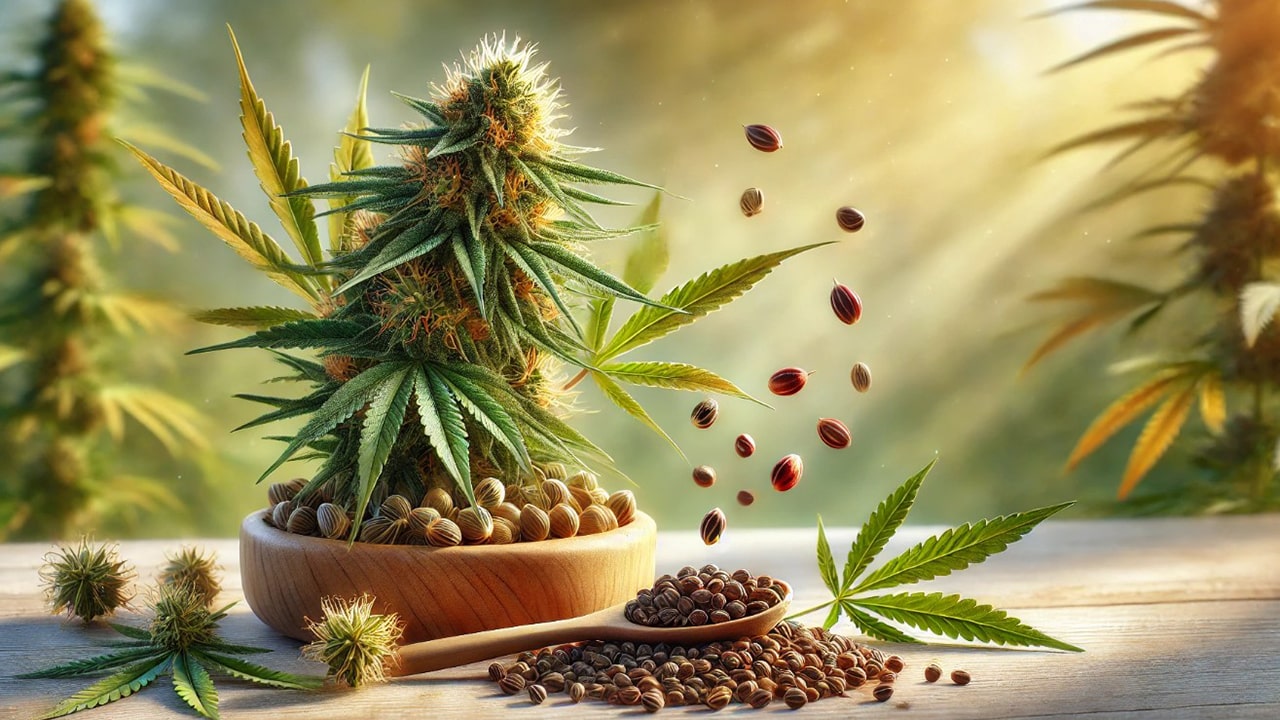
What are the risks involved?
Using seeds collected from the plant may seem like an economical and convenient solution, but it comes with a number of potential problems. Genetic instability, the possibility of male plants and the loss of desirable characteristics are just some of the risks that can arise when such seeds are reused. Let's take a closer look at the main threats.
Genetic instability
One of the main risks of using collected seeds is the unpredictability of their genetic material.
- If the plant is pollinated accidentally (e.g. due to hermaphroditism or the presence of a male plant nearby), the progeny may inherit genetic defects or a tendency to hermaphroditism.
- In hybrid varieties, the seeds may show a wide range of characteristics: some plants will be low and bushy, while others will be tall and weak. This makes it difficult to control the crop.
- If autoflowering seeds are used, there is the possibility of losing the autoflowering trait, resulting in the need to adjust the light regime.
To reduce the risk of instability, it is recommended to collect seeds only from plants with proven and stable genetics.
Loss of desirable characteristics
Even if the collected seeds germinate, their progeny may differ significantly from the mother plant.
- Hybrid varieties may have split traits: some offspring will retain the qualities of the parent plant and some will not. For example, a high-yielding variety may produce seeds that produce plants with fewer inflorescences.
- Flavor and aromatic properties can also change. For example, a variety with a strong citrus flavor may produce offspring with less pronounced flavor notes.
- The levels of THC and CBD in a new generation of plants may be different than expected, affecting their effects and medicinal value.
If the collected seeds are used for subsequent cultivation, it is important to be prepared for possible deviations from the characteristics of the original variety.
Probability of male plants
One of the most serious risks of reusing seed is the emergence of large numbers of males.
- Regular seeds always produce mixed offspring with both female and male plants. If the male plants are not removed in time, they may pollinate the female ones, resulting in a lower quality crop.
- If a plant has pollinated itself due to hermaphroditism, its offspring are likely to inherit this trait. This can result in plants that, at the slightest stress, will begin to produce both pistils and stamens, reducing yield potential.
- In the case of autoflowering plants, the process of removing male specimens is more complicated, as their sex can only be determined a few weeks after germination.
To minimize the risk of male plants, pollination should be carefully controlled and only stable genetic lines should be used.
Tendency to illness and stress
Plants grown from randomly collected seeds may be less resistant to external factors.
- If the seed comes from a plant that has experienced stress (lack of water, temperature spikes, pest attacks), its offspring may inherit weakened immunity.
- Some hybrid varieties are specifically designed to be resistant to mold, pests, and extreme conditions, but their progeny may lose these protective properties.
- Seeds collected without proper selection may produce plants with poor germination or stunted growth.
To avoid such problems, it is important to choose mother plants carefully and observe proper seed storage conditions.
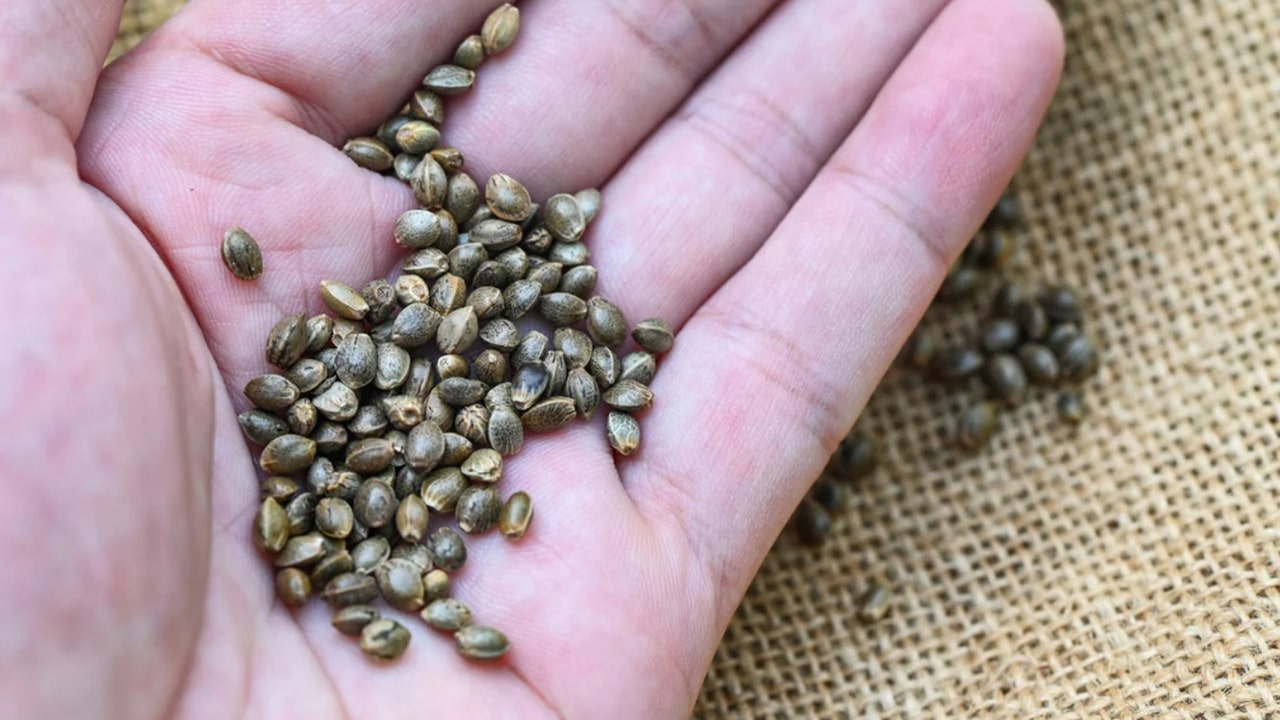
How to properly collect and prepare seeds?
In order to obtain viable seeds for subsequent cultivation, it is necessary to follow certain rules for collecting, drying and storing them. Even if the seed has been obtained from a good quality plant, errors in the preparation stages can lead to reduced germination or loss of genetic characteristics.
Choosing the right plant
Before collecting seeds, it is important to make sure that the parent plant has the right characteristics:
- No hermaphroditism - if the plant is prone to spontaneous pollination, its offspring may also inherit this trait.
- High yield - the grower should choose plants with strong inflorescences and a large number of trichomes.
- Desirable aroma and flavor - if the mother plant has a pronounced terpene profile, chances are it will be passed on to the offspring.
- Stress tolerance - if the plant has tolerated temperature fluctuations, lack of water or pest attacks well, its seeds are likely to retain these qualities.
Determination of seed maturity
Seeds can be harvested only after full maturity, otherwise they will not germinate properly.
Basic signs of seed maturity
| Attribute | Unripened seeds | Mature seeds |
| Color | Green, light | Dark brown, with a marble pattern |
| Hardness | Soft, easily deformed | Hard, not squeezed through with fingers |
| Surface | Smooth, no patterns | Has dark streaks, spots or marbled pattern |
| Internal filling | Watery, immature | Fully formed nucleus |
If seeds do not meet these criteria, it is best not to use them, as they may fail to germinate or produce weak seedlings.
Seed collection process
Seed collection is best done by hand to minimize damage.
- Select mature seed pods - they should be dry and slightly open.
- Carefully remove the seeds - it is best to use tweezers, avoiding mechanical pressure.
- Clean the seeds - remove any residual plant material, as it can cause mold development during storage.
Seed drying
After collection, the seeds must be dried thoroughly or they may become moldy.
- The seeds are spread on dry paper in a dark, well-ventilated place.
- Direct sunlight should be avoided, as it can destroy the genetic material.
- The optimal drying time is 1-2 weeks, depending on the humidity level.
- To check if the seeds are ready, you can shake them slightly - if they make a characteristic dry sound, the drying process is complete.
Seed storage
Proper storage ensures that the seeds will keep germinating for several years. Key recommendations:
- Temperature control - ideal storage temperature is +4...+8°C (e.g. in a refrigerator).
- Moisture protection - seeds should be stored in an airtight container with desiccant (silica gel or rice).
- Lack of light - even a small amount of light can trigger germination processes, so seeds should be stored in a dark place.
Extra tip: You can sign the seed container with the date of collection and variety to avoid confusion in the future.
Conclusion
Seed collection and preparation requires attention to detail. To obtain viable material, it is important to select mature seeds, dry them properly and store them under optimal conditions. Following these rules will help to preserve the genetic potential of the plant and ensure a high percentage of germination in the future.
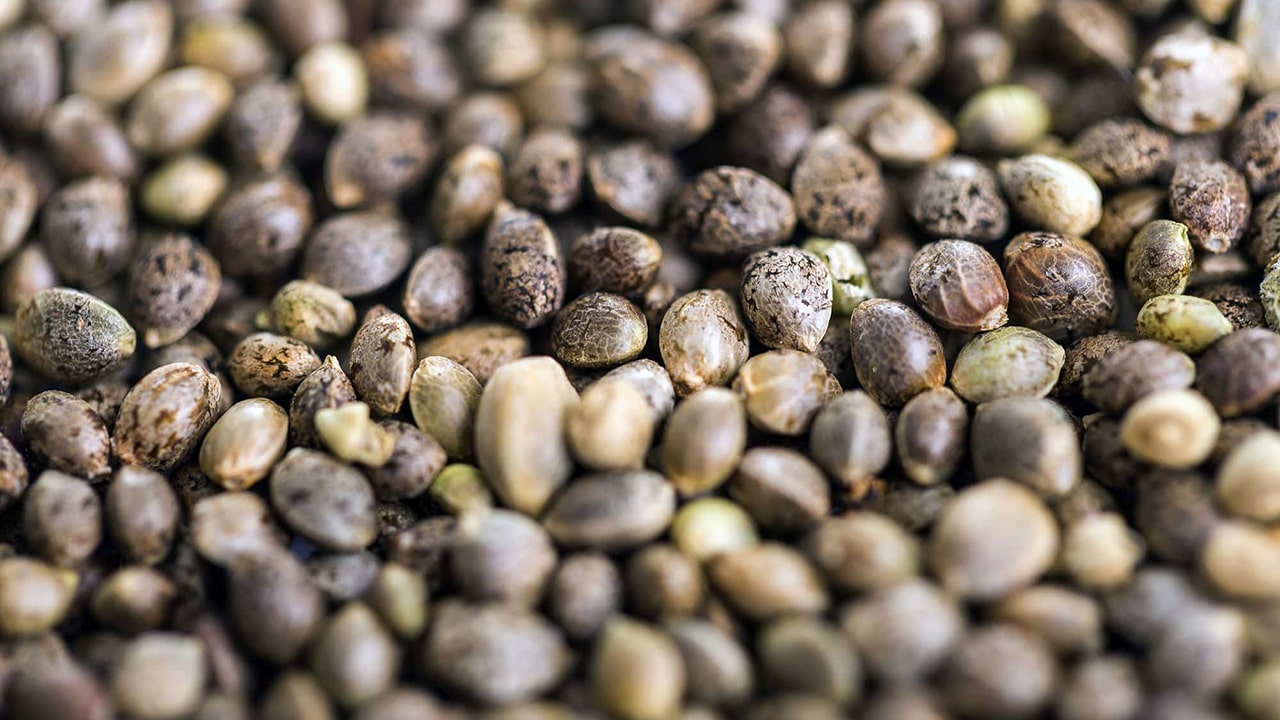
Attention! Errors Seeds does not encourage you to grow cannabis and does not promote it in any way. Cultivation is prohibited by the legislation of Ukraine. The article is of scientific and introductory interest only.
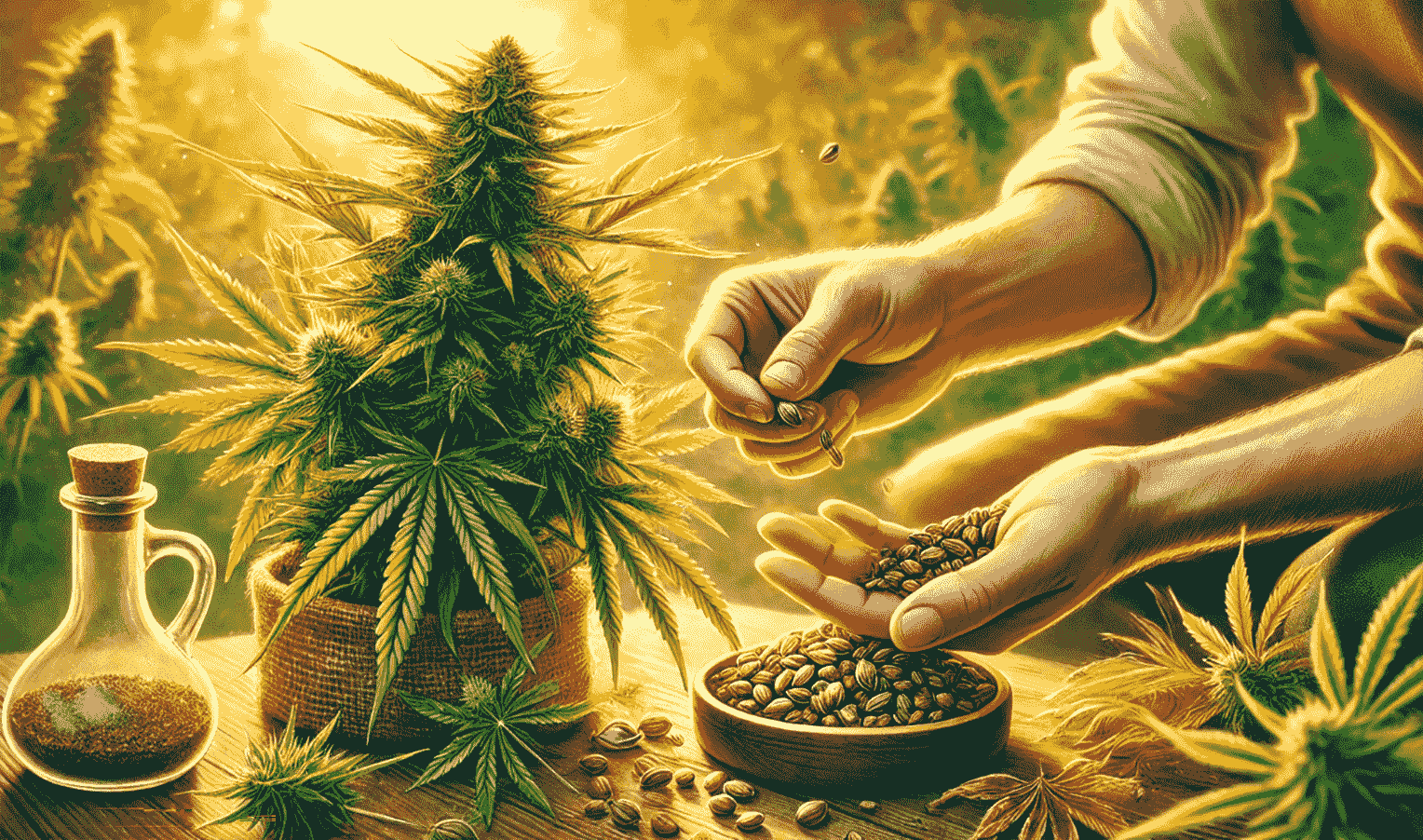
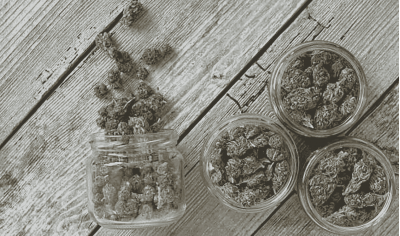
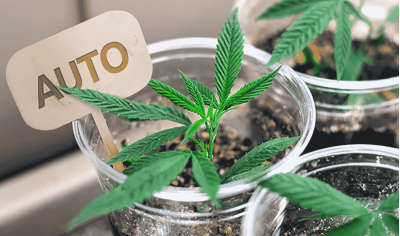
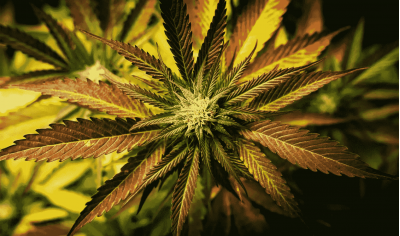
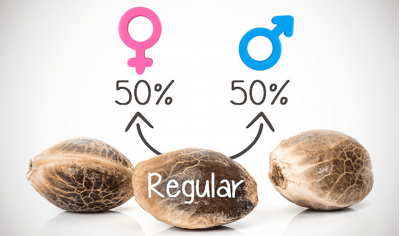
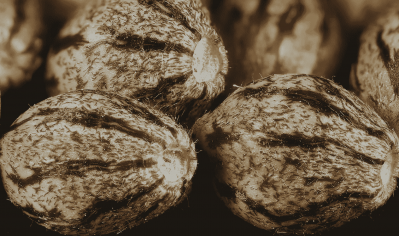
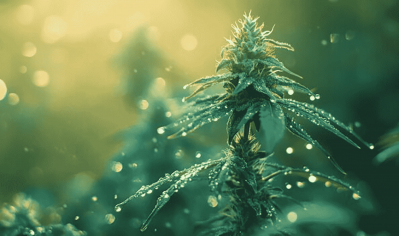
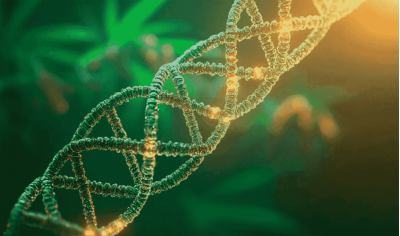
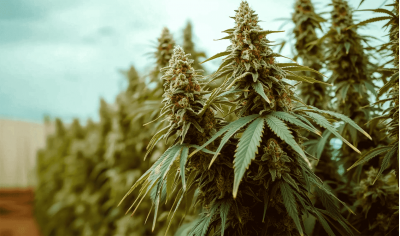
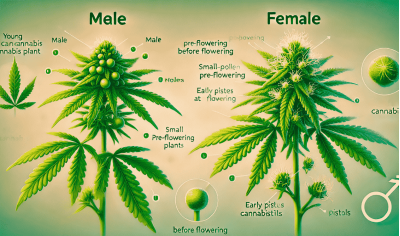
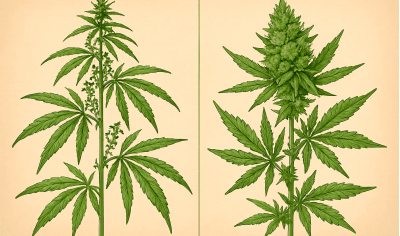
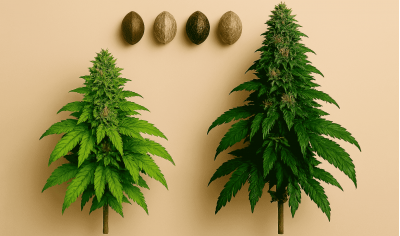


Write a comment